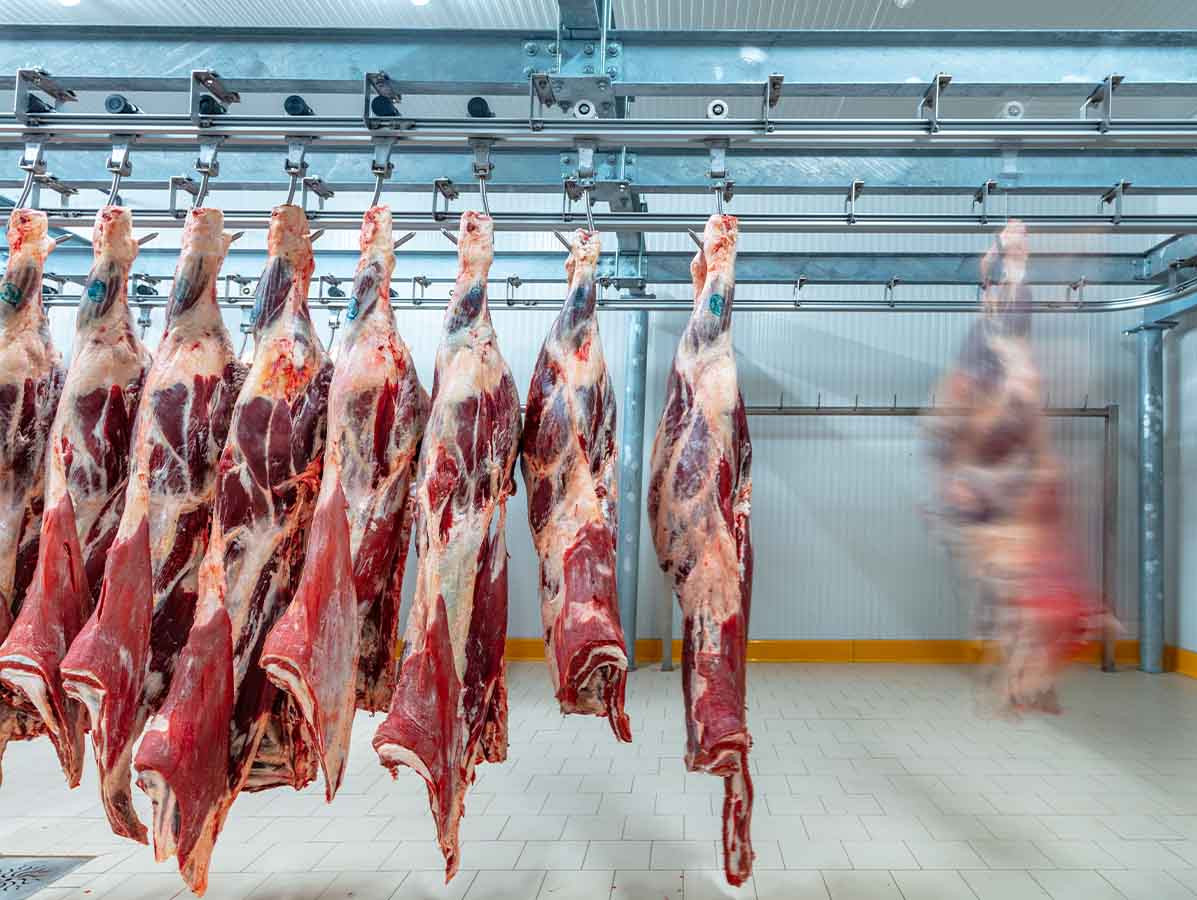
Between September and December 2022, the NVWA conducted additional random checks at slaughterhouses for horses, goats, calves and sheep, in addition to the regular National Residue Program (NPR). Of the 186 additional samples taken, 20 proved positive, resulting in fines of up to €10,000.
The NVWA will continue unannounced sampling, aiming for zero samples exceeding the Maximum Residue Limit (MRL). Exceedances will be dealt with severely. The pilot, which started in September 2022, helped the NVWA gain insight into the level of veterinary drugs in red meat, specifically in (small) ruminants and horses.
Unfortunately, the NVWA still detects MRL violations. Carcasses with excessive levels are destroyed. If an animal has received medication prior to slaughter, this should be stated on a VKI form. There were cases where this form was missing or not filled out correctly, resulting in written warnings. One notable fine of €10,000 was for a dairy goat given a registered painkiller, not intended for this animal.
One area of concern is that after medication, the established waiting period, the period during which the animal may not be slaughtered, is often not observed. Livestock farmers are responsible for maintaining this waiting period.
Based on the pilot results, the NVWA, through additional random checks, continues to monitor correct medication use to protect food safety. These checks will not be reported in advance. The NVWA emphasizes the importance of responsibility within the sector and encourages parties to make agreements for correct compliance in the meat chain. This includes accurate VKI forms and compliance with the waiting period after medication.
Source: NVWA